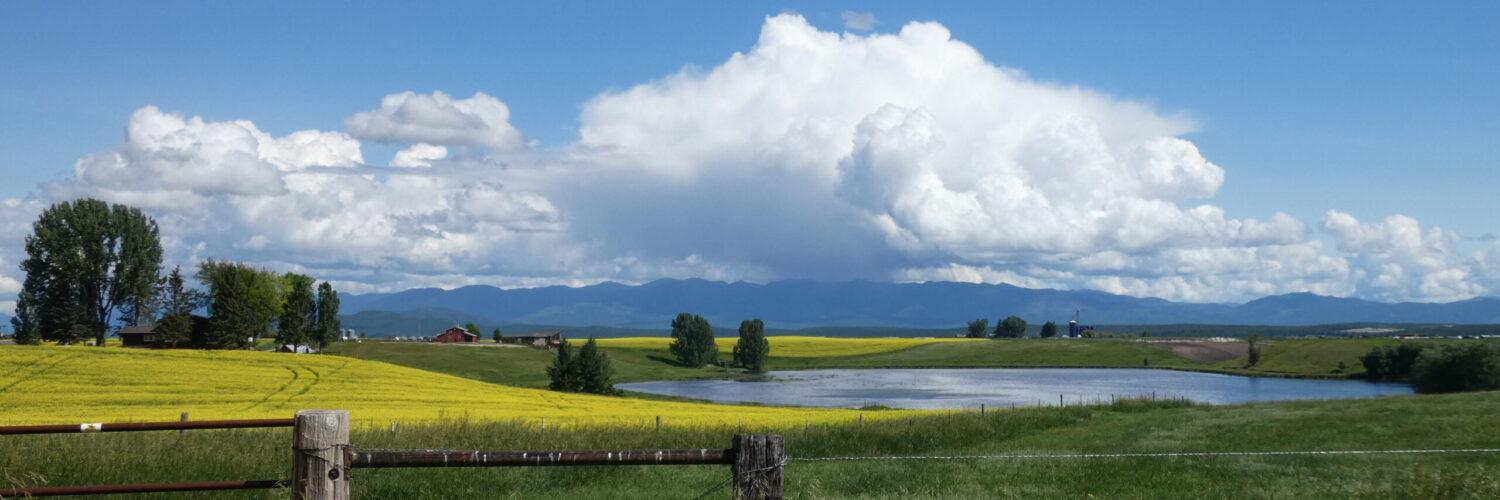by Pat Jaquith
pat@westvalleynaturalists.org


American three-toed Woodpecker (male) Black-backed Woodpecker (male)
The above woodpeckers have been seen in the West Valley with increasing frequency in the last few years. To learn more about these unusual birds and why they are here, read on.
Picoides is the genus of woodpeckers that have three toes. There are three species of three-toed woodpeckers in the world; one species, Picoides tridactylus is native to Eurasia. Picoides dorsalis (American three-toed Woodpecker – often referred to as Three-toed Woodpecker) and Picoides arcticus (Black-backed Woodpecker) pictured above are native to North America. The majority of our three-toed woodpeckers are found in recently-burned forests in northern areas where they feed on insects that are attracted to the dead trees. In our area, they are feeding on the larvae of bark beetles that have moved into some conifer trees.



Three-toed woodpeckers make small holes or chisel off the bark to get to the inner layer where the bark beetle larvae are. As shown by the photo at left, they may debark the infected tree from ground to crown. They do not make holes in live trees or trees that have not been infected by beetles. The Aubudon website notes, “In some places, Three-toed Woodpeckers provide the most effective control of the spruce bark beetles, a major forest pest.” In the Peterson Reference Guide to Woodpeckers, author Stephen Shunk writes, “Black-backed Woodpeckers may be the best-adapted woodpecker in the world for extracting wood-boring beetle larvae from trunks of infested trees” and “once recognized as a conservator of the forest with its insatiable hunger for wood-destroying beetle larvae.”


These woodpeckers, seen in different places three years apart, were scavenging beetle larvae from trees that had blown down in a storm. They both circled the trees, chiseling off bark and drilling shallow holes to retrieve larvae like little acrobats.

As I observed these and other woodpeckers pounding out their meals in snow and very cold temperatures, I began to think about how they survive in winter. I learned an interesting bit about woodpeckers: “from hatchlings to adults, they lack the insulating layer of down feathers present in most birds.” It is supposed that ancestral woodpeckers began to exploit cavities as nest and roost sites…with this shelter, it is possible that woodpeckers evolved without the need for protective down feathers.” – ref. Peterson Reference Guide to Woodpeckers of North America. – Stephen A Shunk. 2016.


The male Three-toed Woodpeckers and immature birds of both sexes are identified by a yellow cap among a little white streaking on the head. The females have black heads with white streaks. It often is very difficult to see the yellow cap or to discern the appearance of the head clearly with the jackhammer blur when the bird is at work.

All other woodpeckers have 4 toes; their fourth toe, called a hallux, is moveable and can grip behind the three front toes or out to the side. At some point in its evolutionary history, picoides (three-toed woodpeckers) lost the hallux. It is believed that the advantage of having just three toes is that they can lean back farther and strike harder when drilling or chipping on a tree. (www.allaboutbirds.org)


Black-backed Woodpeckers are listed as a Species of Concern in fieldguide.mt.gov black-backed woodpecker. They are at risk due to declining population trends due to threats to habitat, restricted distribution, and/or other factors. In Birds in Place, Radd Icenoggle notes that “The two woodpeckers that truly need fire to create habitat are the Northern three-toed and Black-backed Woodpeckers. The Black-backed…even evolved the black back that helps the bird camouflage itself against the blackened spire of the snags.” In The Wonder of Birds, Montana ecologist Richard Hutto says that he has never seen these birds outside of burned areas, and he knows of no other species of bird so dependent on one type of habitat.” Occasionally, these woodpeckers move into areas outside their normal range when they find beetle infestations that can satisfy their food needs. They are known for sticking with a tree until it is completely de-barked.
Only Black-backed males have the distinguishing yellow cap. Females and young have solid black heads. The glossy blue-black back feathers are striking; in the brief moments they pause their hammering, the starkly contrasting white chin and facial outline leave a lasting impression of the handsome bird. I stood transfixed in the waning late afternoon light watching this Black-backed Woodpecker chisel, pry, and flick chunks of bark away. I returned the following day to find the entire tree debarked – all the way to the highest branches.
Not only are we given an opportunity to see two species of birds that are seen infrequently in this area, our environment is benefitting from the amazing work they are doing in lowering the incidence of bark beetles in the forest.
